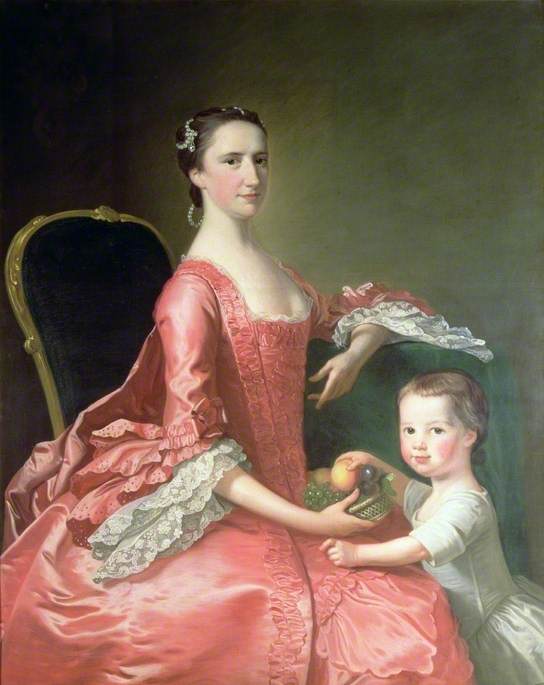How you can use this image
This image can be used for non-commercial research or private study purposes, and other UK exceptions to copyright permitted to users based in the United Kingdom under the Copyright, Designs and Patents Act 1988, as amended and revised. Any other type of use will need to be cleared with the rights holder(s).
Review the copyright credit lines that are located underneath the image, as these indicate who manages the copyright (©) within the artwork, and the photographic rights within the image.
The collection that owns the artwork may have more information on their own website about permitted uses and image licensing options.
Review our guidance pages which explain how you can reuse images, how to credit an image and how to find images in the public domain or with a Creative Commons licence available.
Notes
Add or edit a note on this artwork that only you can see. You can find notes again by going to the ‘Notes’ section of your account.
The sculptor Nollekens built his reputation on the production of portrait busts. While studying the antique and practising in Rome between 1762 and 1770, Nollekens established a network of aristocratic British patrons. After returning to Britain in 1770, he was elected a Royal Academician and quickly became London's most fashionable sculptor. In the 1770s and 1780s he produced several neoclassical marbles and developed a brisk trade in church monuments. In the last decades of the eighteenth century menswear was becoming more understated in both colour and materials. For everyday coats and breeches, fine wool began to replace silk and muted colours became the norm. A patterned waistcoat was often the new focus of attention. Striped, double-breasted waistcoats like that worn by the sculptor Joseph Nollekens in this portrait were particularly popular in the 1780s and 1790s.
Title
Joseph Nollekens
Date
c.1797
Medium
oil on canvas
Measurements
H 77.1 x W 63.5 cm
Accession number
30
Acquisition method
Given by Henry Labouchere, 1858
Work type
Painting









